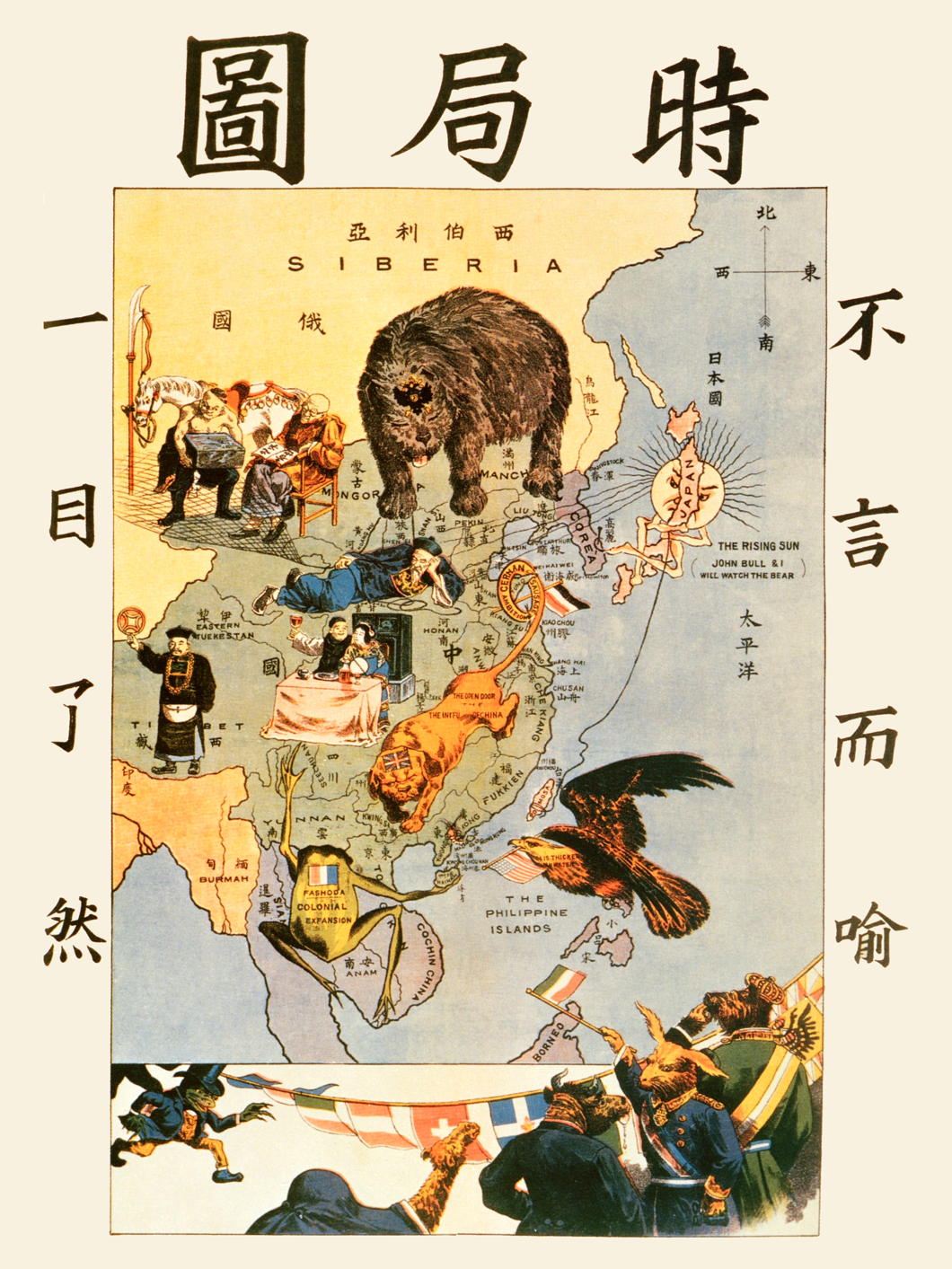

“fundamentalists” ✌️


“fundamentalists” ✌️


Utilizing information collected from the certificate of live birth, the Department of Health can develop programs to better address Pennsylvania’s maternal and child health needs. The following article will review the sometimes-confusing concepts of the live birth rate, general fertility rate, and total fertility rate in hopes of increasing the understanding of these topics.
One of the more commonly seen or talked about vital statistics is the Birth Rate (BR). The calculation of the birth rate is rather simple: total live births (for a specific area and time period) divided by the total population (for the same area and time) multiplied by 1,000 (Mathematically: [B^T / P^T ] x 1000). The birth rate may also be referred to as the crude birth rate or live birth rate. This simply means that the rate is related to the entire population and not restricted to any specific sex, race, age group, etc. A crude birth rate is a good place to start when investigating an area’s population trend.
Now let’s take a look at some rates for Pennsylvania and the United States. During 2006, the Pennsylvania birth rate was 12.0 per 1,000 population. By itself, the rate doesn’t tell us much more than the population of Pennsylvania accrued 12 people for every 1,000 population in 2006. Comparing the Pennsylvania rate to the U.S. rate, which was 14.2 per 1,000 population (preliminary) in 2006, tells us a little more: that Pennsylvania experienced a lower rate than the U.S. during 2006, by over two people per 1,000 population.
The most-telling use of the birth rate statistic would be to compare birth rates over a period of time. Table 1[1] shows that the 2006 live birth rate of 12.0 was the highest rate Pennsylvania has had since 1999, when it was 12.1 per 1,000 population. Looking at data over time will allow you to see any trends or patterns occurring with the data. By graphing the data, you can get a visual representation of what is taking place. Chart 1[2] shows us that Pennsylvania followed similar patterns as the U.S. from 1980 to 2006. It also shows us that the Pennsylvania rate has been approximately 12.0 per 1,000 population since 1995. It’s important to keep in mind that, by definition, a crude birth rate looks at the entire population and is not restricted to the female population, nor does it take into account age. This is important to note because having a large percentage of older adults in the population, such as we have in Pennsylvania, directly affects the crude birth rate.
The General Fertility Rate (GFR) is defined as the total number of live births (for a specific area and time period) divided by the female population ages 15-44 (for that same area and time) multiplied by 1,000. This can be expressed mathematically as [B^T / F^(15-44) ] x 1000. This rate is similar to the live birth rate except the general fertility rate relates to the female population, specifically females of the childbearing ages of 15-44, as opposed to the total population for an area.
The general fertility rate for Pennsylvania in 2006 was 59.5 per 1,000 females ages of 15-44. The 2006 rate was the highest recorded for Pennsylvania since 1993 when the rate was 60.2, and it’s also an increase of 2.6 percent from the 2005 rate of 58.0 per 1,000 females ages 15-44. However, despite the increase in Pennsylvania’s rate, the preliminary 2006 U.S. rate was higher, at 68.5. In fact, Pennsylvania’s general fertility rate has been consistently lower than the U.S. rate, even during the “baby boom” years of 1946-1964. The more recent differences (19802006) between the two rates can be observed in Table 1[1:1]. The average difference between the Pennsylvania rate and the U.S. rate between 1980 and 2006 was approximately 8.0 per 1,000 females ages 15-44.
The calculation of a Total Fertility Rate (TFR) is not more complicated than the other two rates, but can cause some confusion if not fully understood. The TFR takes into account the age- specific birth rates of women between the ages of 10 and 49* using 5-year age groups (10-14, 15-19, 20-24, etc). Age-specific birth rates are computed the same way as the crude birth rates, except the total births and population are restricted to single 5-year age groups. Those age-specific rates (eight rates total) are then summed together and multiplied by 5, since 5-year age groups are used in the calculation. The formula is simply expressed as: (Sum of Age-Specific Birth Rates among Women for 5-year Age Groups between 10 and 49*) x 5.
The total fertility rate reveals the average number of births a hypothetical cohort of 1,000 women could have, if they experienced the same age-specific birth rates that were observed during a specific point in time. The total fertility rate can be thought of as a replacement value for the cohort of 1,000 women and their partners. For example, a TFR of 2000.0means, on the average, there will be enough children born (assuming conditions hold true) to replace the cohort of women and their partners. Therefore, the total fertility rate can be used as an estimate of the fertility growth factor in a population.
In 2006, the Pennsylvania total fertility rate was 1882.0 which means that there would not be enough children to replace the population cohort if conditions remain constant. Pennsylvania’s TFR has been under 2000.0 since 1972. However, it has remained relatively stable since then, although still below replacement level. Keep in mind that the total fertility rate is not meant to be used as an absolute measure of population trends, but can be helpful in understanding and analyzing them. There are many other factors to consider when determining population trends, such as crude birth rates, death rates, and migration patterns. The corresponding (preliminary) 2006 U.S. TFR was 2101.0.
According to the “Vital-Stats” interactive web tool created by the Centers for Disease Control and Prevention, Pennsylvania ranked 47th for birth rate in 2005. Pennsylvania was tied for 45th for general fertility rate and ranked 42nd for total fertility rate. The state with the highest of all three rates in 2005 was Utah with a BR of 20.9, a GFR of 90.4, and a TFR of 2472.5 per 1,000 population.
The general fertility rate is an age/sex-specific birth rate, while the total fertility rate is an age/sex-adjusted birth rate. The TFR is an age-adjusted rate because it is based on the assumption that there is the same number of women in each age group. Since the total fertility rate is an age-adjusted rate, it can be compared to other total fertility rates, as long as the same age groups were used to calculate the age-specific birth rates. In addition to birth rates, there are other factors that you must consider when investigating population growth (such as mortality and migration rates). The rates described above are good indicators of what is occurring within a population, but will not give you the entire picture.
For additional U.S. birth data or to access the interactive web tool, “VitalStats”, please visit the Centers for Disease Control and Prevention website at www.cdc.gov/nchs. If you have questions concerning the Pennsylvania data presented here, please contact the Division of Informatics (email: [email protected]) or visit our website at www.statistics.health.pa.gov.
source: https://www.health.pa.gov [pdf]


They named 2,749 sound-recording copyrights that the Archive allegedly infringed.
collection includes more than 400,000 recordings.
Has anybody the list with the 2749 recordings in Question?
date: 2022-10-06 | source: andrewcusack.com
Tse Tsan-tai — or 謝纘泰 if you fancy — was by any standard a remarkable man. Born in New South Wales, this Chinese-Australian Christian was a colonial bureaucrat, nationalist revolutionary, constitutional monarchist, pioneer of airship theory, and co-founded the South China Morning Post — still one of the most prominent newspapers in the Orient.
Tse’s most important visual contribution was a widely distributed political cartoon usually known in English as ‘The Situation in the Far East’ or in Chinese as the ‘Picture of Current Times’ (below).
 Crafted as a propaganda measure to warn his fellow Chinese of the designs of foreign powers, the cartoon depicts the perils facing the Middle Kingdom.
Japan, with its expanding navy, proclaims it will watch the seas with its ally, Great Britain. The Russian bear looms from Siberia, crossing the border into China. A British lion sprawls over the land, its tail tied up by the “German Sausage Ambitions” at Tsingtao. The French frog guards Indochina while the American eagle lurks from the Philippines.
Meanwhile, the Chinese figures show sleeping bureaucrats and carousing intelligentsia unresponsive to the external threats.
Crafted as a propaganda measure to warn his fellow Chinese of the designs of foreign powers, the cartoon depicts the perils facing the Middle Kingdom.
Japan, with its expanding navy, proclaims it will watch the seas with its ally, Great Britain. The Russian bear looms from Siberia, crossing the border into China. A British lion sprawls over the land, its tail tied up by the “German Sausage Ambitions” at Tsingtao. The French frog guards Indochina while the American eagle lurks from the Philippines.
Meanwhile, the Chinese figures show sleeping bureaucrats and carousing intelligentsia unresponsive to the external threats.
 Now the exiled Hong Kong artist Ah To (阿塗) has updated ‘Situation’ to reflect the realities of 2022.
Now the exiled Hong Kong artist Ah To (阿塗) has updated ‘Situation’ to reflect the realities of 2022.
 The Chinese bear looking like Winnie the Pooh is a reference to Communist leader Xi Jinping who is alleged to bear a resemblance to the little ursine favourite. Chinese Communist officials have banned mentions of Pooh Bear from social media accordingly.
The Chinese bear looking like Winnie the Pooh is a reference to Communist leader Xi Jinping who is alleged to bear a resemblance to the little ursine favourite. Chinese Communist officials have banned mentions of Pooh Bear from social media accordingly.
 Russia and the People’s Republic continue in their nervous and awkward friendship despite being strategic rivals. Russia has a nuclear button ready and conscripted soldiers lashed to a tank.
Russia and the People’s Republic continue in their nervous and awkward friendship despite being strategic rivals. Russia has a nuclear button ready and conscripted soldiers lashed to a tank.
 The People’s Republic keeps Macau and Hong Kong caged while it tries to claim the entirety of the South China Sea, challenged by the Philippines, Vietnam, and Malaysia.
The People’s Republic keeps Macau and Hong Kong caged while it tries to claim the entirety of the South China Sea, challenged by the Philippines, Vietnam, and Malaysia.
 The British lion slaps sanctions, in alliance with the Australian kangaroo (ready to box), the Canadian beaver, the New Zealand kiwi bird, and the nations of Europe.
The British lion slaps sanctions, in alliance with the Australian kangaroo (ready to box), the Canadian beaver, the New Zealand kiwi bird, and the nations of Europe.
 And looming over the situation is the American eagle — one talon in the Philippines, one wing on Taiwan and another in Japan (who is sharpening its samurai sword).
And looming over the situation is the American eagle — one talon in the Philippines, one wing on Taiwan and another in Japan (who is sharpening its samurai sword).
Not an Expert in consumer hdr. What you want to calibrate isn’t contrast or brightness but gamma curve.